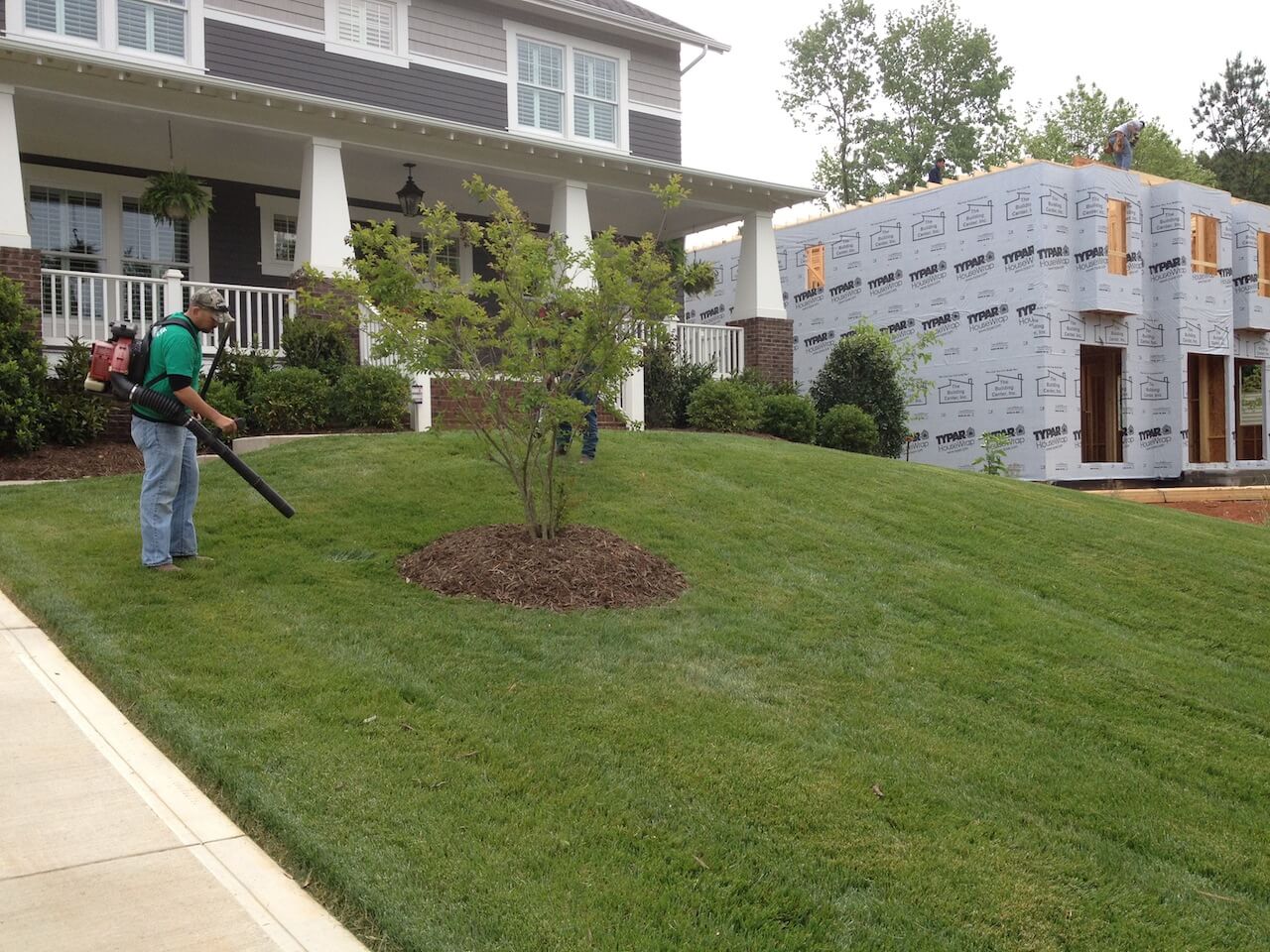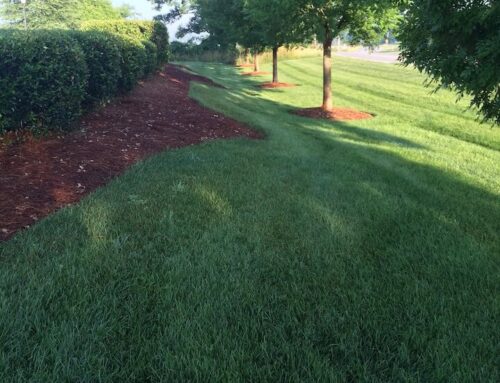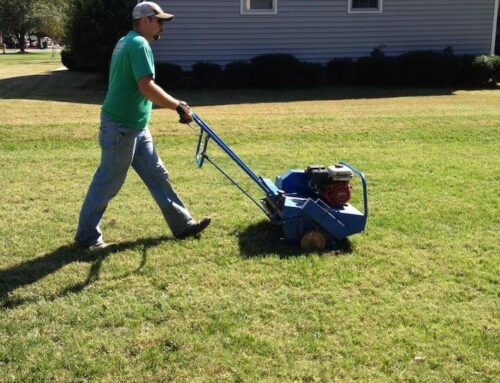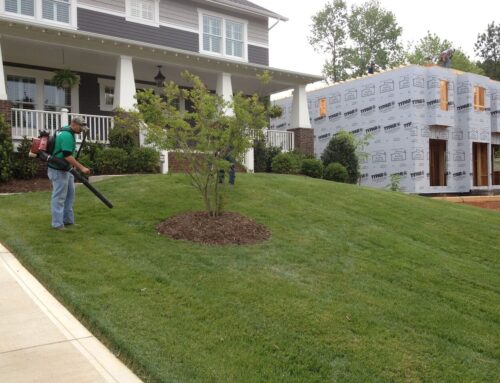When your lawn starts to green up in the spring, you might assume it’s all about the fertilizer you put down. But the truth is, your lawn’s comeback has less to do with that bottle of fertilizer than you might think. While it can help, the real magic happens when the weather warms up, and the grass begins to grow again naturally.
As the days get longer and temperatures rise, your lawn gets the signal to start waking up from its winter dormancy. Factors like soil temperature, moisture, and sunlight play a bigger role in your lawn’s spring revival than any chemical treatment ever could. Understanding these natural triggers can help you better care for your lawn without relying too heavily on products.
What factors affect lawn recovery during spring besides fertilizer?
Several factors influence lawn recovery during spring beyond the use of fertilizer. These factors work together to create the ideal environment for grass to thrive as the season changes. Here’s a look at the key elements:
- Soil Temperature: As spring temperatures rise, the soil thaws and becomes more conducive to root growth. Grass emerges from dormancy once the soil reaches a certain temperature, typically around 50°F (10°C), allowing it to recover naturally.
- Sunlight: Longer daylight hours during spring provide the necessary energy for photosynthesis, promoting healthy growth. The increased exposure to sunlight accelerates the recovery of dormant grass during the colder months.
- Rainfall and Watering: Adequate moisture is crucial for lawn recovery. Spring showers provide natural irrigation, helping the grass rehydrate and grow. However, consistent watering during dry spells ensures the lawn remains hydrated for optimal recovery.
- Soil Aeration: Aerating the lawn helps alleviate compaction, allowing air, water, and nutrients to reach the roots more effectively. This promotes healthier root systems, improving overall lawn health.
- Mowing Practices: Regular mowing during the spring encourages grass to grow evenly and thickens the turf. However, avoiding cutting too short is important, as this can stress the grass.
- Pest and Disease Control: Addressing pest infestations or disease problems in the early spring helps prevent long-term damage that could hinder recovery.
While fertilizer can assist with growth, factors like soil temperature, sunlight, moisture, and proper lawn care practices are critical in ensuring successful lawn recovery each spring.
How does soil temperature influence grass growth in early spring?
Soil temperature plays a critical role in grass growth during early spring, as it directly affects the rate at which grass emerges from dormancy and starts to grow. Here’s how soil temperature influences grass growth:
- Dormancy Break: Grass goes dormant during the winter when soil temperatures drop below a certain threshold, usually around 50°F (10°C). As the soil warms up in early spring, it signals to the grass that it’s time to “wake up” and begin growing again.
- Root Development: Warmer soil temperatures promote root growth by improving nutrient absorption and water retention. When temperatures are optimal, grassroots are more likely to penetrate deeper into the soil, establishing a stronger and more resilient root system.
- Germination of Seeds: Soil temperature is essential for germinating newly seeded lawns. Grass seeds typically need soil temperatures between 55°F (13°C) and 65°F (18°C) to germinate and begin growing successfully. Soil temperatures below this range can delay or prevent germination.
- Photosynthesis Activation: Soil temperature impacts the grass’s ability to perform photosynthesis. As the soil warms, the grass becomes more efficient at absorbing sunlight and converting it into energy, accelerating growth and recovery.
- Optimal Growth Conditions: Soil temperatures between 50°F and 65°F (10°C – 18°C) are ideal for most cool-season grasses. Outside this range, either too cold or too hot, grass growth can be stunted.
Soil temperature is crucial for breaking dormancy, stimulating root growth, and providing the ideal conditions for grass to thrive in early spring.
Why is rainfall more important than fertilizer in spring lawn health?
Rainfall plays a more significant role than fertilizer in spring lawn health for several key reasons, as it directly impacts the growth and vitality of the grass. Here’s why:
- Natural Irrigation: Rainfall provides essential hydration to the soil, which is crucial for grass growth. Without adequate moisture, fertilizer application alone cannot fully benefit the lawn. Rain ensures that grass absorbs water evenly, encouraging healthy growth and root development.
- Nutrient Absorption: Rainwater helps to carry nutrients deep into the soil, making them more accessible to the grassroots. This allows the grass to absorb essential nutrients more effectively than if the lawn is only irrigated with tap water, which may contain chemicals that inhibit nutrient uptake.
- Prevents Over-Fertilization: Rain helps to wash away any excess fertilizer that may have built up on the soil’s surface. Too much fertilizer can lead to nutrient imbalances, burning the grass or causing excessive growth, which weakens the lawn in the long run.
- Promotes Root Growth: Consistent rainfall supports deeper root growth by allowing the grass to access moisture at lower soil levels. Healthy, deep roots are vital for drought resistance and long-term lawn health.
- Supports Grass Recovery: In early spring, rain contributes to grass recovery after winter dormancy by rehydrating the lawn, speeding up the process of breaking dormancy, and promoting lush growth.
While fertilizer can aid growth, rainfall provides the moisture needed for effective nutrient uptake, healthy roots, and lawn vitality.
What role does dormant grass play in seasonal lawn revival?
Dormant grass plays an essential role in seasonal lawn revival, especially in spring, when it transitions from rest to active growth. Here’s how dormant grass contributes to the overall health and recovery of the lawn:
- Natural Resting Period: Dormancy allows grass to conserve energy and survive the harsher winter months. During this time, grass ceases active growth, but its root system remains alive, keeping the plant resilient and ready for revival when conditions improve.
- Foundation for Spring Growth: As temperatures rise in spring and soil warms, dormant grass is the foundation for new growth. The roots absorb moisture and nutrients from the soil, allowing the grass blades to emerge and grow again.
- Stress Resistance: Dormant grass has developed natural resilience to environmental stress. After winter, this stress tolerance helps grass transition from cold to warmer conditions, aiding in a smoother recovery and reduced risk of disease or damage.
- Prevents Soil Erosion: Even while dormant, grass helps to hold the soil in place, preventing erosion and protecting the soil structure from wind and rain. This is especially important during the spring thaw when the ground is more susceptible to erosion.
- Gradual Revival: Dormant grass naturally “wakes up” as environmental conditions become more favorable, ensuring a gradual, balanced revival, which leads to a healthier, more resilient lawn in the long term.
Dormant grass plays a crucial role in the seasonal revival process. It serves as the foundation for spring growth, protecting the lawn from environmental stressors and ensuring a smooth transition into active growth.
The truth is, your lawn’s spring revival isn’t all about the fertilizer. It’s about the natural changes happening as the weather warms up and the days get longer. Understanding how factors like temperature, sunlight, and moisture contribute to your lawn’s health can help you make smarter choices for care. While fertilizer can play a role, it’s only part of the picture. By working with nature, you can give your lawn the best chance for a beautiful, green season.
Let Us Help Your Lawn Thrive Naturally
At Performance Lawn & Landscape, we know the secret to a thriving lawn goes beyond just products—it’s about understanding your lawn’s needs. If you’re ready to give your lawn the care it deserves, we’re here to help. Contact us today to create a custom lawn care plan that works with nature for lasting beauty all spring long!









